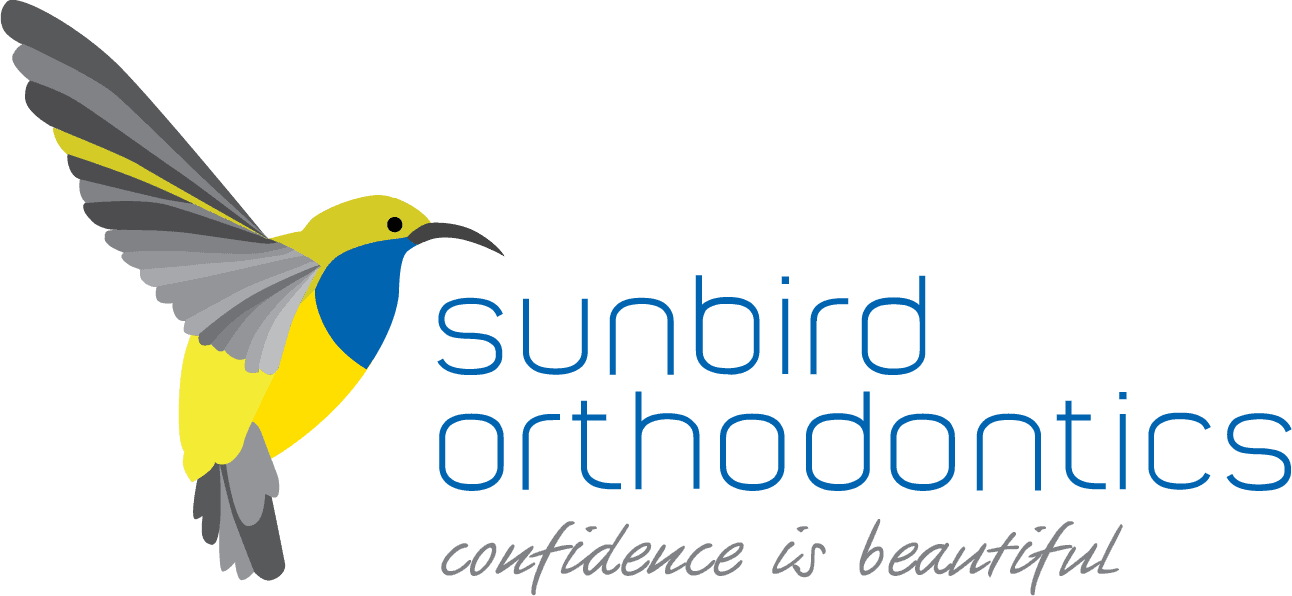Chew on this – Five Fascinating Facts about Sugar-Free Gum
Would “chew” believe that sugar-free gum is good for your dental health?
Sugar-free gum isn’t just for disguising nasty jungle breath.
Here are a few fascinating facts on the dental benefits of sugar-free gum:
Fact One: By chewing gum during pregnancy (and breastfeeding), you can reduce the risk of your child getting tooth decay.
High level studies have shown than pregnant women can reduce the chances of passing on the bacteria responsible for tooth decay by chewing xylitol-containing gum before and after the birth of their child.
Xylitol is a sweetener found in many foods, and has have anti-bacterial properties.
By using xylitol-gum, a mother can reduce the levels of decay-causing bacteria in her own mouth (helping keep her teeth healthy). It can also reduce the risk of transmitting the decay-causing bacteria to her child through kissing.
It is strongly suspected that, by reducing or delaying the transmission of decay-causing bacteria, the child will also have a significantly reduced risk of developing tooth decay, when the baby teeth come through.
Fact Two: By chewing sugar-free gum after meals, you can significantly reduce your risk of getting tooth decay.
Chewing sugar-free gum after meals is a great way of increasing your saliva flow. This is beneficial because saliva is the body’s own natural defence against decay. By increasing saliva flow, chewing sugar-free gum helps neutralise the acids which strip the minerals from teeth. As well as replenishing the minerals which have already been lost.
Gum containing xylitol or chlorhexidine has also been shown to reduce the level of decay-causing bacteria living in your mouth.
Fact Three: By chewing gum regularly you can train your salivary glands (just like muscles) to produce more saliva at all times of the day.
That’s right – your salivary glands rely on specialised muscles to eject saliva into your mouth. And, just like your abs, the more you use them the more effective they become!
Fact Four: Chewing gum can reduce the discomfort of braces.
Chewing sugar-free gum is proven to reduce the discomfort felt by children when they get braces put on, and when they are adjusted. It also helps reduce the risk of tooth decay during treatment.
If you or your child is about to have braces, chewing sugar-free gum is proven to reduce the discomfort felt by children when they get braces put on, and when they are adjusted. It also help reduce the risk of tooth decay during treatment.
A recent study has shown that, with caution, it is okay to use sugar-free gum with braces. In fact, it has been shown to reduce the amount of discomfort experienced by some children, comparable to the use of ibuprofen (eg. Nurophen).
Even more exciting, is that chewing sugar-free gum may slightly increase the speed at which teeth move while braces are on!
Of course, all the decay-reducing benefits of sugar-free apply when the braces are on which is especially good news because of the added difficulty of keeping the teeth clean during orthodontic treatment.
Fact Five: Melbourne University scientists have developed a revolutionary ingredient which reduces dental decay and even helps to repair teeth from early decay.
It’s called CPP-ACP and it is a protein derived from milk. But, importantly, it has been shown to help teeth repair from the effects of dental decay.
So where can you find CPP-ACP?
CPP-ACP is found in many dental products. The most common is a dental cream called Toothmoose, and a sugar-free gum called Recaldent.
Even more exciting, is that chewing sugar-free gum may slightly increase the speed at which teeth move. While braces are on!
Of course, all the decay-reducing benefits of sugar-free apply which the braces are on. This is particularly beneficial because of the added difficulty of keeping the teeth clean during orthodontic treatment.
Since dental decay is the single biggest cause of tooth loss on the planet. Every little thing we can do to reduce or eliminate its effect benefits the whole world!


